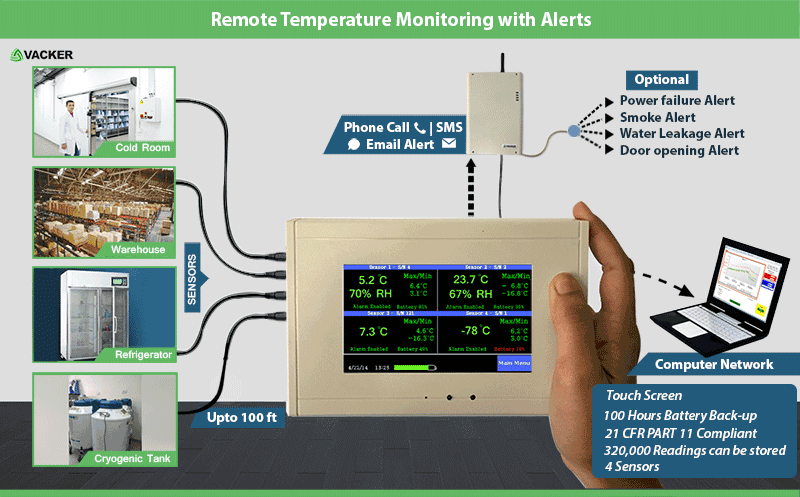
- #Home network monitoring and timecontrol how to#
- #Home network monitoring and timecontrol Bluetooth#
The improved genetic algorithm has the ability of global searching, which can overcome the shortage of AODVjr algorithm and search for the optimal route. In ZigBee networks, the traditional AODVjr routing algorithm creates routing on-demand, which provides a flexible lookup feature and improves the searching efficiency of the protocol, but it could cause flooding effect, which will lead to the increase of network energy consumption. Good routing will improve the performance of the system such as ensuring the communication quality, shortening the time delay, reducing the energy consumption of the nodes, etc. Therefore, adopting the appropriate routing algorithm becomes particularly important. To ensure the remote real-time control, the number of routing node will increase, and then the routing path will become more complex. However, only one coordinator can exist in a ZigBee network. With the development of smart home, the coverage area of ZigBee ad-hoc network gradually increase, and there will be more end devices joining the network. Conclusions are provided in the last section. The section 3 introduces the routing algorithm and it is verified by simulation, the section 4 puts up with the design of remote control.
#Home network monitoring and timecontrol how to#
The rest of the paper is organized as: the section 2 shows the materials and methods used in the system framework, and explains how to design the ZigBee nodes. Our main contribution is to design a GA-PSOA algorithm to search for the globe optimal routing with a fast speed, which improves the decreasing of energy expand and reduces the system delay. We introduce a GA-PSOA method to improve the energy consuming of network nodes and the response rate of the smart system. Īs for the routing algorithm, the Genetic Algorithm (GA) can converge to the globally better individuals though it is not very fast, while the Particle Swarm Optimization Algorithm (PSOA) has a fast convergence rate but sometimes it converges to a local optimal point. The optimal routing algorithm will overcome these defects and decrease the energy consumption, therefore prolong the service life of the nodes. However, if lots of nodes join the network, it will be more complex and even lead to data loss. ZigBee network can service far more nodes than Wi-Fi and Bluetooth. As shown in Table 1, it has many advantages, such as ad-hoc network, low cost, low power, low end-to-end delay etc. ZigBee is based on the IEEE 802.15.4 standard. Comparing to them, a ZigBee network is more convenient and efficient.
#Home network monitoring and timecontrol Bluetooth#
The traditional smart home system usually uses Wi-Fi or Bluetooth to generate a wireless network. For this purpose, the use of a low-cost network and an optimal routing approach will benefit. Here we pay attention to the energy consumption of the wireless nodes and the network’s delay. To construct such a wireless network, the wireless modules will be previously embedded in the related devices.

While some other researches focus on how to generate a wireless network and how to select routing. designs a nonlinear predictive energy management strategy for the identical building with a rooftop photovoltaic system and second-life lithium-ion battery energy storage, and introduces an ANN to forecasting the load for the system. studies the energy management strategies and the economy of smart homes when renewable energy and energy storage are integrated, and use a stochastic energy management with plugged-in electric vehicle energy storage and photovoltaic array, where the electric cost is far less than the non-optimal control case. The reducing of greenhouse gas emission is also considered in. A mixed-integer nonlinear programming model is used to minimize the cost by shifting different types of appliances to optimal periods during the day, while the grid’s technical constrains and the customers’ preferences are satisfied.

A multi-objective mixed integer nonlinear programming model is used for optimal energy expand in a smart home, and the balance between energy saving and a comfortable lifestyle is considered in.

Some studies focus on the energy consumption of the entire home system and commit to reducing energy consumption with ensuring that the home environment is comfortable. Nowadays, the smart home aroused general research interest. When the home environment and facilities are connected to a remote control device by the wireless sensor network, the smart home can monitor the home environment conveniently and remote control the equipment, such as the home appliance socket, lighting, temperature, humidity, smoke, infrared, magnetic door, etc. The smart home has gained widespread attentions due to its flexible integration into everyday life.


 0 kommentar(er)
0 kommentar(er)
